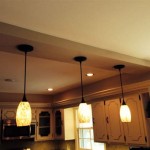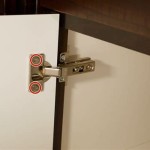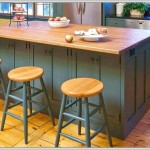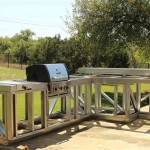Creating a kitchen island is a great way to add extra storage and counter space to your kitchen. Whether you’re looking to make a small breakfast bar or a kitchen island with seating, there are a few things you should consider when building your kitchen island. In this article, we’ll cover the basics of building a kitchen island, from planning to finishing touches.
Planning your Kitchen Island
Before you start building your kitchen island, it’s important to plan out your design. Think about what you’ll be using your kitchen island for, such as cooking meals, preparing food, or even as a breakfast bar. Also take into account the size of your kitchen and the available space. You’ll want to make sure your kitchen island is the right size for the room and can comfortably fit any seating you choose.
Once you have your design planned out, you’ll need to measure the space in your kitchen where you’ll be putting your island. Measure the length, width, and height of the area and make sure to write down the measurements. This will help you when it comes time to purchase materials and build your island.
Gathering Materials
Once you have your measurements and design in place, it’s time to gather the materials you’ll need to build your kitchen island. You’ll need a variety of tools and materials, including:
- Wood (for the base of the island)
- Plywood (for the countertop)
- Screws and nails
- Wood glue
- Paint or stain (optional)
- Cabinet hardware (optional)
- Power tools (drill, saw, etc.)
Once you have all the materials you need, you can start building your kitchen island.
Building the Kitchen Island
Now that you have all the materials you need, it’s time to start building your kitchen island. Depending on the design you chose, the steps for building your island may vary. However, here are some general steps for building a basic kitchen island:
- Cut the wood for the base of the island to the desired measurements.
- Assemble the base of the island with wood glue and screws.
- Cut the plywood to the desired measurements for the countertop.
- Attach the plywood to the base with wood glue and screws.
- Finish the island with paint or stain (optional).
- Attach cabinet hardware (optional).
Once you have finished building your kitchen island, you can add any additional features such as seating or storage.
Conclusion
Building a kitchen island is a great way to add extra storage and counter space to your kitchen. With a bit of planning and the right materials, you can easily build a kitchen island that fits your needs. We hope this article has given you some helpful tips and tricks for building your own kitchen island.













Related Posts








